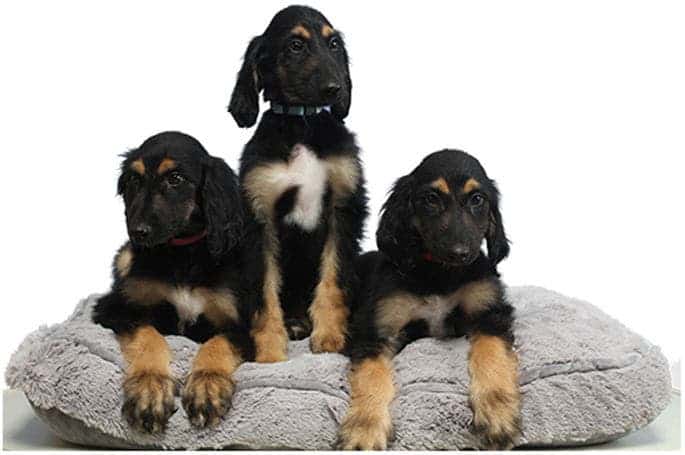Ever since scientists cloned the first animal, a sheep named Dolly, one important question on everyone’s mind was whether or not a clone can expect a poorer health. This is still an open question, one that South Korean researchers hope to settle in time. They’ve essentially cloned a clone, using cells from the world’s first cloned dog, an Afghan hound named Snuppy.

Theoretically, a clone is a carbon copy of the original organism, with the two sharing identical genes. The science of cloning, however, is still in its infancy and there are many loose ends that we might be missing. There is a possibility that the cloned individual might carry certain abnormalities, and may have a shorter life expectancy. Another concern is that cloned individuals might retain the age of the donor’s gene, seeing how genes change with age.
Clones of clones
Dolly the sheep died at age six, which raised concerns that cloned individuals might not be entirely healthy. The sheep appeared to age faster than normal and suffered from osteoarthritis in her knees and hips at an early age. But a follow-up study of 13 cloned sheep — including four derived from the same DNA strand as Dolly– concluded that there didn’t seem to be any evidence that indicates cloning has any long-term health effects. “They’re old ladies,” said Kevin Sinclair, a developmental biologist and lead author of the study of the 2016 study published in Nature Communications. “They’re very healthy for their age,” he added.
Scientists at the Seoul National University, South Korea, are now also investigating the health of ‘clones of clones’, this time in dogs. Snuppy, became the world’s first cloned dog in April 2005. He was cloned from the cells belonging to an Afghan hound called Tai who lived to be 12 years old and died of cancer. Snuppy lived 10 years and also died of cancer but a different kind. Afghan hounds live to be 11.9 years on average and dogs commonly die of cancer so there’s really nothing unusual about either dogs, donor or clone.
The team led by Min Jung Kim used stem cells collected from Snuppy when the dog was five years old. The scientists then employed somatic cell nuclear transfer (SCNT) to insert Snuppy’s cells into eggs collected from female dogs whose nuclei were removed. A total of 94 embryos were created which were then implanted into surrogate mothers. The success rate was 4.3 percent leading to four live births of ‘reclones’. That might seem really low but take a minute to consider that during the time Snuppy was first born (let’s call him ‘Snuppy Mark 1’), the success rate was only 0.2%.
One of the four reclones died within a few days from birth due to diarrhea while the other three grew to be nine months old when the Kim and colleagues drafter their paper, now published in Scientific Reports. They’re still alive and well, seemingly healthy. The dogs will be closely monitored in the years to come.
“With the data from Tai and Snuppy in hand, we are excited to follow the long-term health and aging processes of these second generation of clones and work with them to contribute to a new era of studying longevity of cloned canines and given the history of both Tai and Snuppy they may also provide potential insights into the development of cancer,” the authors concluded.



